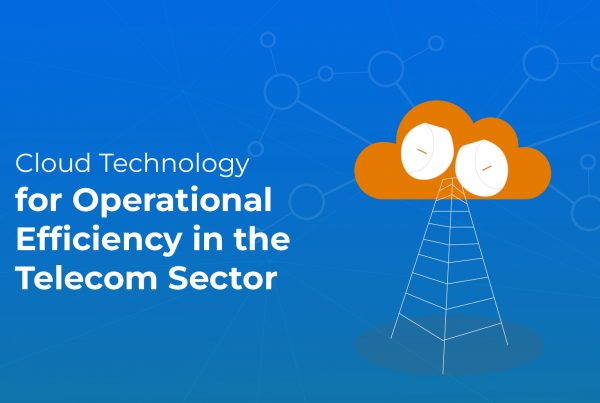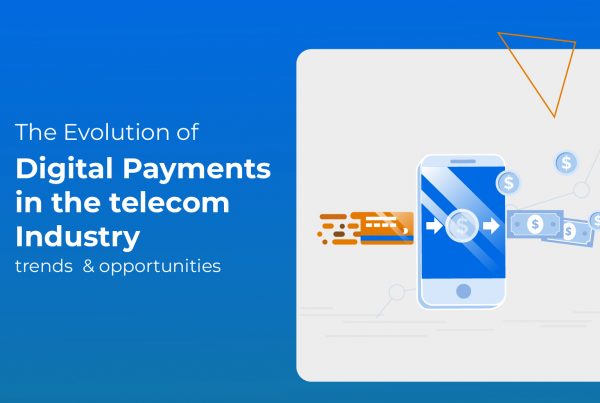Business plans are strategic and comprehensive in nature with the aim to ensure top line growth and efficient operating margins. In telecom sector, the effectiveness of business plans in terms of revenue growth and efficiency of operating margins is as critical as it gets. However, to manage businesses effectively, a challenge in approach is the increasing dependence on top down business plans. The question then arises if or not this is enough for successful growth or rather there should be an improved mix of top down and bottom up approach, with inclusion of actual ground factors driving the telecom business, every minute of every day.
Case in point airtime recharge by a prepaid subscriber of telecom operator in the developing economy of say Ghana. Here the value chain flows like any typical prepaid distribution network: operator ensures healthy value pipeline through distributors and sub-distributors managing distribution of airtime credit through a spread of resellers.
Though the continuity of business and revenue generation is secured through the health of the entire distribution chain, but from an interaction point of view, the reseller is telecom’s eyes, ears and actual existence on ground. The mission critical point of value distribution for an operator is thus, when a reseller refills the airtime account of a subscriber in real time. That is when the value actually crosses the threshold of distribution to consumption.
To understand the importance of placement with availability of credit at reseller’s end at all times, let’s take another perspective and switch the view. Consider a subscriber in a prepaid centric market, as the likes of Ghanaian market, where more than 85 per cent of subscribers are pre-paid customers. The subscriber top-ups his account with smaller amounts frequently and no mater the strategy of operator, the reality of his situation is availability of credit, when he visits his usual reseller outlet or store. This moment, so ordinary in the supply side of operator can quickly turn into a moment of churn if the subscriber repeatedly fails to get his airtime account recharged by the reseller.
With prepaid SIM costs low, and the frequency of prepaid topups high, the churn rate reaches up-to 35 per cent per year in these emerging markets, and that is a huge problem for telecom operators.
To fight this off, telecom operators introduce promotion campaigns, loyalty programs and low tariff plans, which are all good strategies, but there is a catch; the nature of these top down strategies. A reflex action to improve the churn rates and fight them off with strategies that can resonate with both resellers and subscribers.
The alternative is a healthy mix of top down and bottom up strategy and partnership with parties that have the know-how of top down strategy while having grip on close-to reality insights of operational dynamics on ground.
This is the difference that Seamless makes: a strategic combination of products and services meeting KPIs while managing on-ground challenges for the operator.
Coming from a distribution management side with managing telecom reseller networks since two decades we know our way to wrestle back the challenges faced by telecom sector.
It is not just promotion and marketing solutions that Seamless offers or its highly capable value distribution platform. Nor is it just the intelligent micro-credit servicing for resellers which ensures credit availability at all critical times. It is but the experience of leveraging all these products with a premium mix of managed services to the benefit of the operator.
The knowledge and experience that Seamless carries intrinsically improves the synergy of these products and services. And in a way where service provider can rely on Seamless for enabling and managing flawless distribution across channels while enabling bottom up revenue enrichment.


